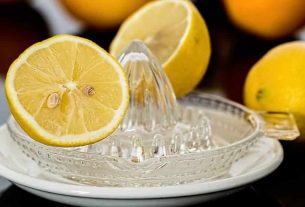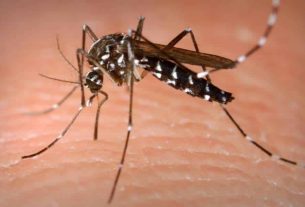Colostrum is the first milk that a woman produces to breastfeed her baby during the first 2 to 4 days after birth. This breast milk accumulates in the alveolar cells of the breasts in the last months of pregnancy, being characterized by a yellow color, in addition to being caloric and nutritious.
Colostrum promotes the growth and health of the newborn, strengthens the relationship between mother and baby and contributes to the maturation of the gastrointestinal tract. Furthermore, it stimulates the baby’s immune system, guaranteeing antibodies that prevent the development of diseases such as allergies or diarrhea, for example, in addition to reducing the risk of infant morbidity and mortality.

What is it for and what is the composition
Colostrum contains macro and micronutrients necessary to maintain the baby’s nutritional status and promote its growth, characterized by being rich in proteins, mainly immunoglobulins, antimicrobial peptides, antibodies and other bioactive molecules that have immunomodulatory and anti-inflammatory properties that help to stimulate and develop the baby’s immune system, protecting against various diseases.
Furthermore, colostrum has a yellow color due to the fact that it is rich in carotenoids, which are soon transformed in the body into vitamin A, which also plays a fundamental role in the immune system and visual health, in addition to acting as an antioxidant, helping to reduce the risk of developing chronic diseases.
First breast milk is easily digestible, contributing to the development of the gastrointestinal system and favoring the establishment of a beneficial intestinal microbiota, in addition to being rich in electrolytes and zinc.
The characteristics of colostrum are appropriate to the needs of the newborn baby. Furthermore, colostrum only lasts 2 or 3 days, at which point the “milk rise” occurs and the transitional milk begins, still with a yellowish color.
Colostrum nutritional information
The following table indicates the nutritional composition of colostrum, transition milk and mature milk:
During breastfeeding, if the mother has cracked nipples, it is normal for bloody colostrum to come out, but the baby can breastfeed anyway because it is not harmful to him.
The doctor may recommend the use of a healing ointment for the nipples to be used throughout breastfeeding, which can prevent these cracks. However, the main cause of cracked nipples is the baby’s poor attachment to the breast. Check out the complete breastfeeding guide for beginners.

Sign up for our newsletter and stay up to date with exclusive news
that can transform your routine!
Warning: Undefined array key "title" in /home/storelat/public_html/wp-content/plugins/link-whisper-premium/templates/frontend/related-posts.php on line 12
Warning: Undefined array key "title_tag" in /home/storelat/public_html/wp-content/plugins/link-whisper-premium/templates/frontend/related-posts.php on line 13



